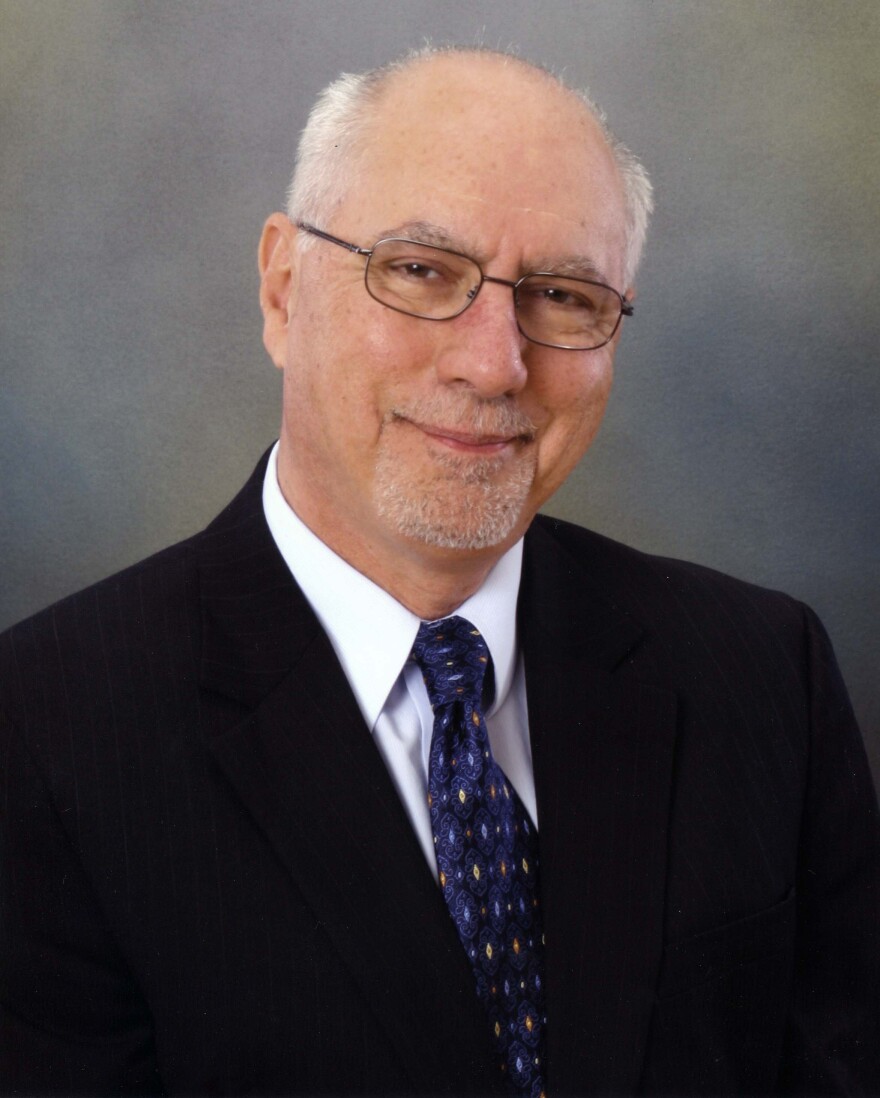When a suspected case of child abuse or neglect in Maine is reported to the state, it is the state's job to decide whether to open an investigation. A year ago, the Maine Office of Child and Family Services started using a new tool to help caseworkers make these decisions. But some professionals who frequently report suspected abuse say they're worried that the state is no longer investigating all of the cases it should, leaving some children in unsafe situations.
In his job as a social worker at Eastern Maine Medical Center, Mark Moran and his team make about 200 calls per year to Child Protective Services to report cases of suspected abuse or neglect. Starting last fall, he says, they noticed a change.
"We have seen fewer of the reports that we make be assigned for investigation for Child Protective Services," Moran says.
His observation coincides with the state's implementation of a tool designed to help frontline caseworkers decide whether to open an investigation. It's called Structured Decision Making. Moran says he's concerned that it's creating more 'false negatives' in some cases in which a child is actually in an unsafe situation.
"And they are allowed to continue to remain in that unsafe circumstance. And so the consequence of that is that potentially kids are continually being hurt, or perhaps killed in the most extreme of cases."
CEO Kathy Park says it uses sets of questions and statistical analysis to help caseworkers make consistent decisions when assessing very complicated situations.
"It becomes really challenging to understand how to make sense of that information,” she says. “How to sift out the noise, How do you know which pieces of information are most pertinent and relevant to the situation at hand, and the particular family that that person is working with in that moment."
Park stresses that these tools are not intended to be used as the sole deciding factor in deciding what action to take. Instead, they are meant to inform a caseworker's decision.
"They're tools. They are tools. They are not the end all, be all,” she says.
She says the training of caseworkers and and ongoing support is critical to make sure the tools are used properly.
The importance of proper training was also cited in a report about Structured Decision Making from the Los Angeles County Office of Child Protection.
Executive Director Michael Nash says he did the evaluation after the death of an 11-year-old boy who had been locked in a closet for several years.
"And the issue was that the department had investigated the family on a number of occasions prior to that."
Nash says caseworkers used Structured Decision Making to assess the likelihood of future harm to the boy, and the tool classified the family as high-risk.
"But according to the investigation by the social worker or social workers, there were no sustainable allegations of abuse or neglect that they felt would require their intervention."
So, caseworkers decided not to intervene in that case. In his evaluation of Structured Decision Making after the boys death, Nash concluded that the tool should still be used, but that the child welfare department has to ensure it's used correctly. In Maine, the acting director of the Office of Child and Family Services, Kirsten Capeless, says caseworkers have received training.
"We've found that caseworkers are feeling good about having a tool that they can use to help aid in making those decisions, and creating that consistency across all of the caseworkers I think is a product that's beneficial to the best interests of children in Maine,” Capeless says.

"As with any tool like that, the devil's in the detail and the implementation,” says Dr. Lawrence Ricci, the medical director of the Spurwink Child Abuse Program. He says the goal of using the tool to increase consistency is good, but “we've not had an opportunity to vet the procedure. And so in essence, we’re in the dark about whether it’s working or not. Ya know, and I would say that’s still a big question."
The Office of Child and Family Services, meanwhile, is under scrutiny for how it handled the cases of two children who recently died from abuse. State officials would not say whether Structured Decision Making is a part of internal and external investigations.



